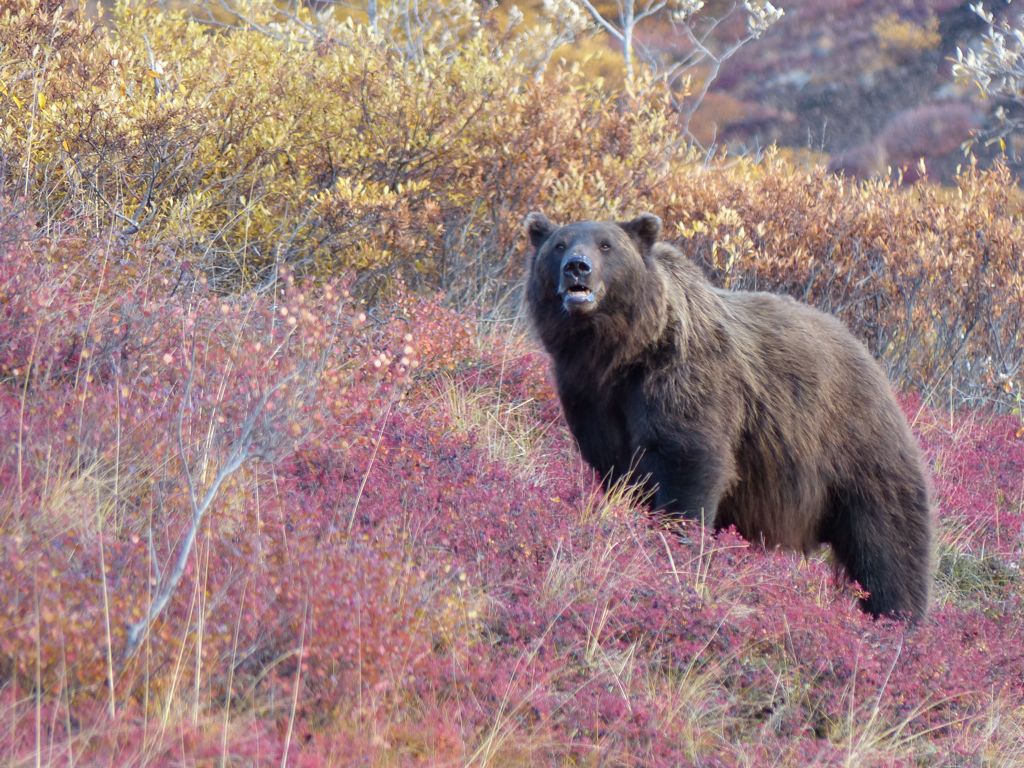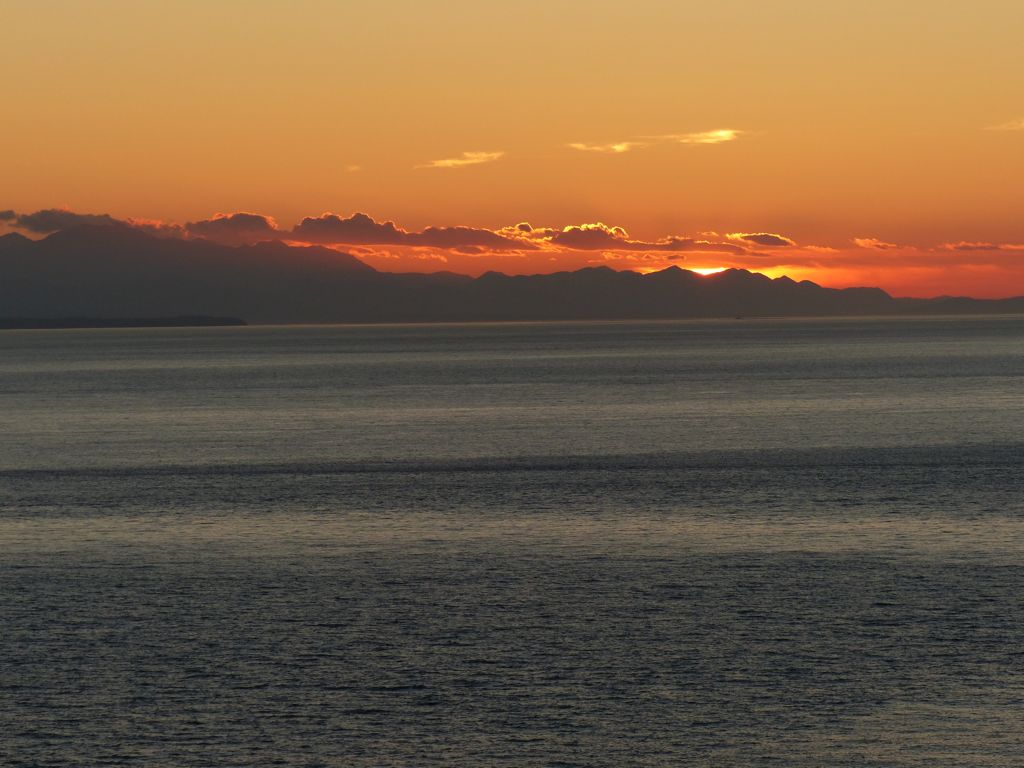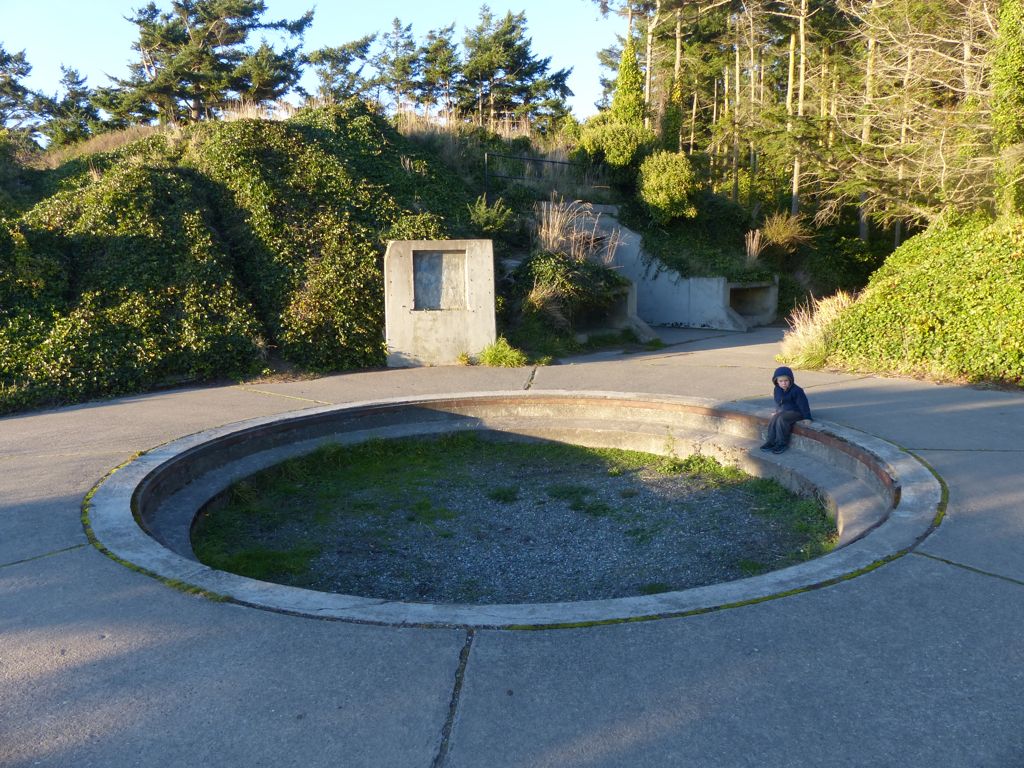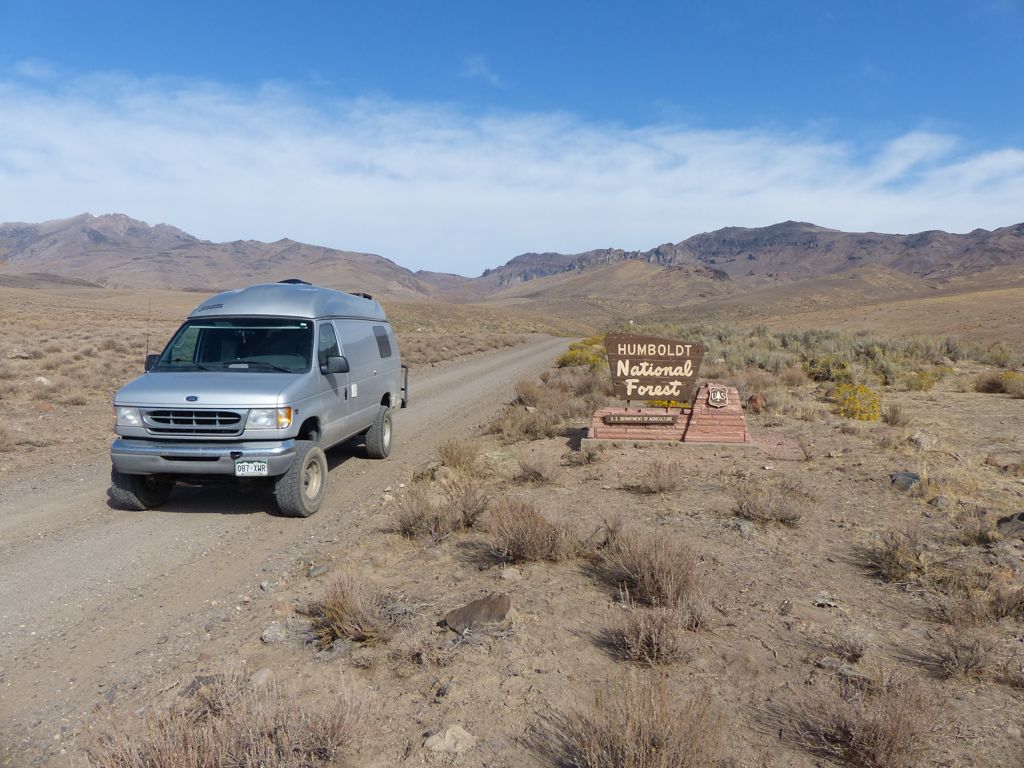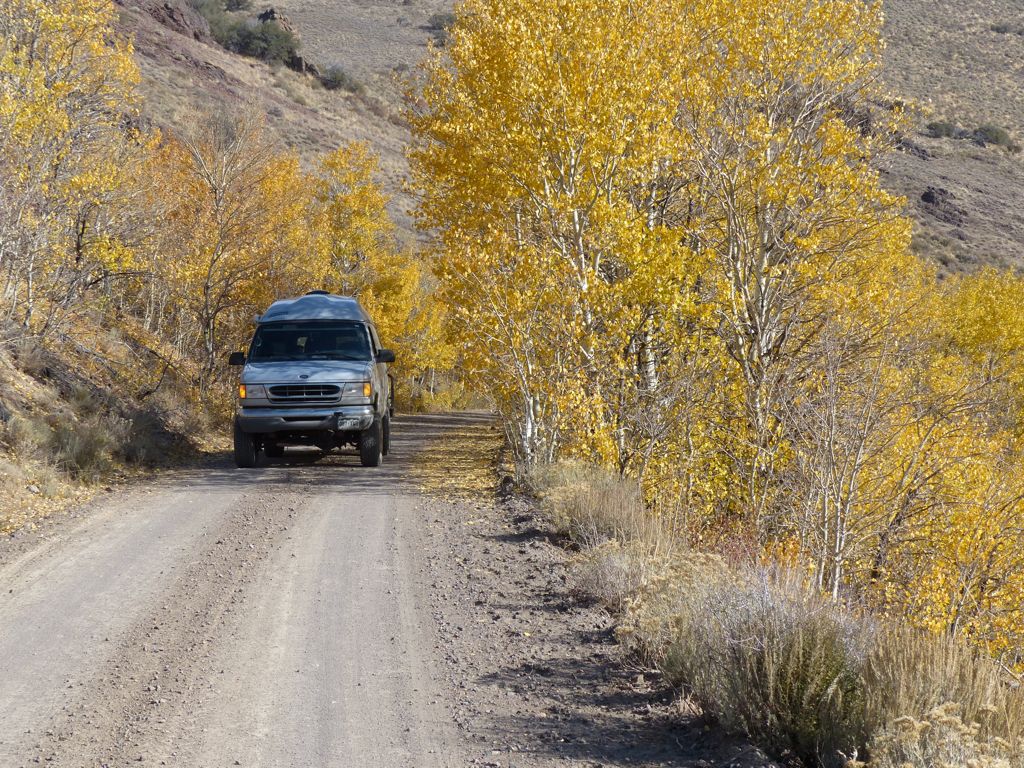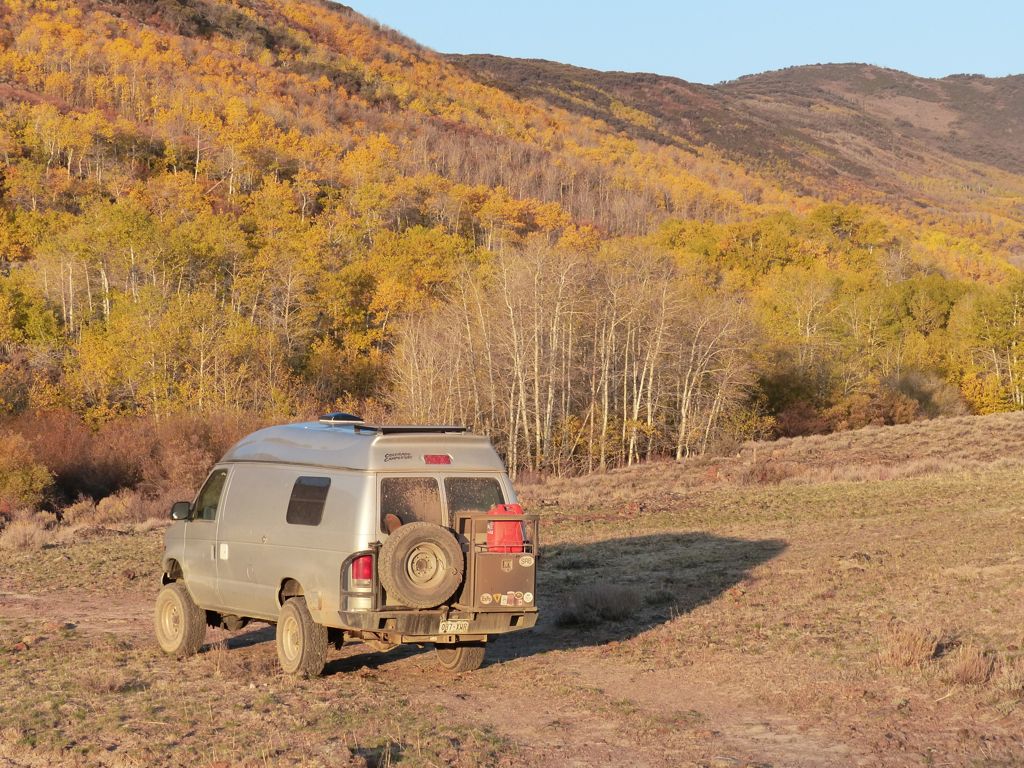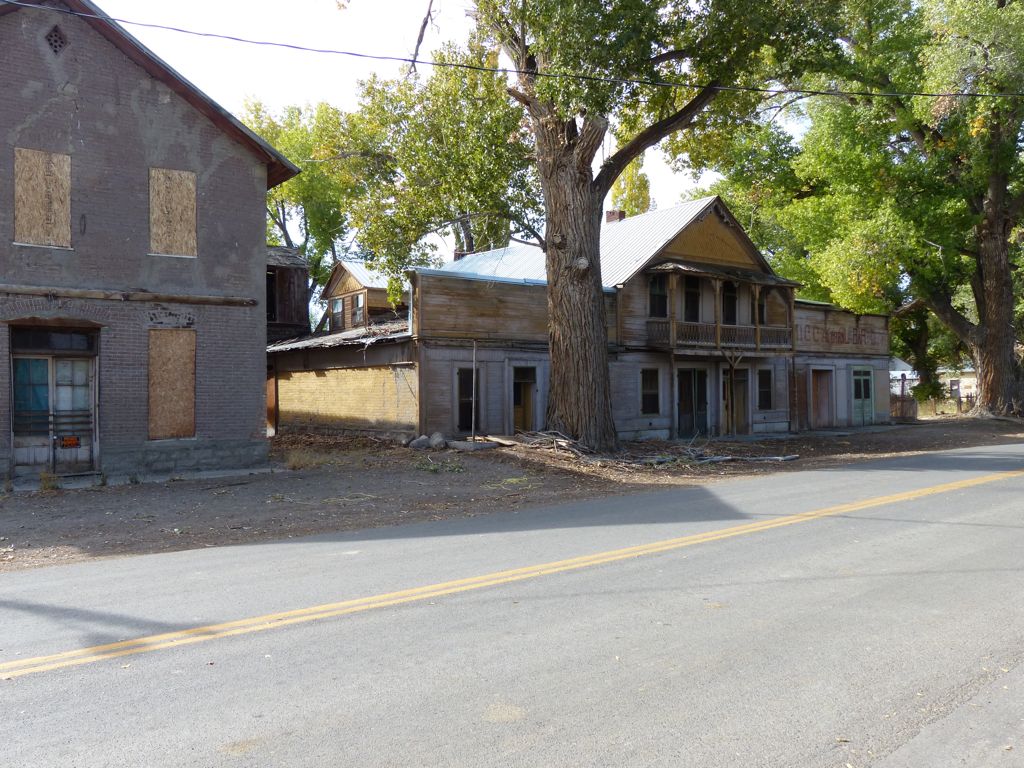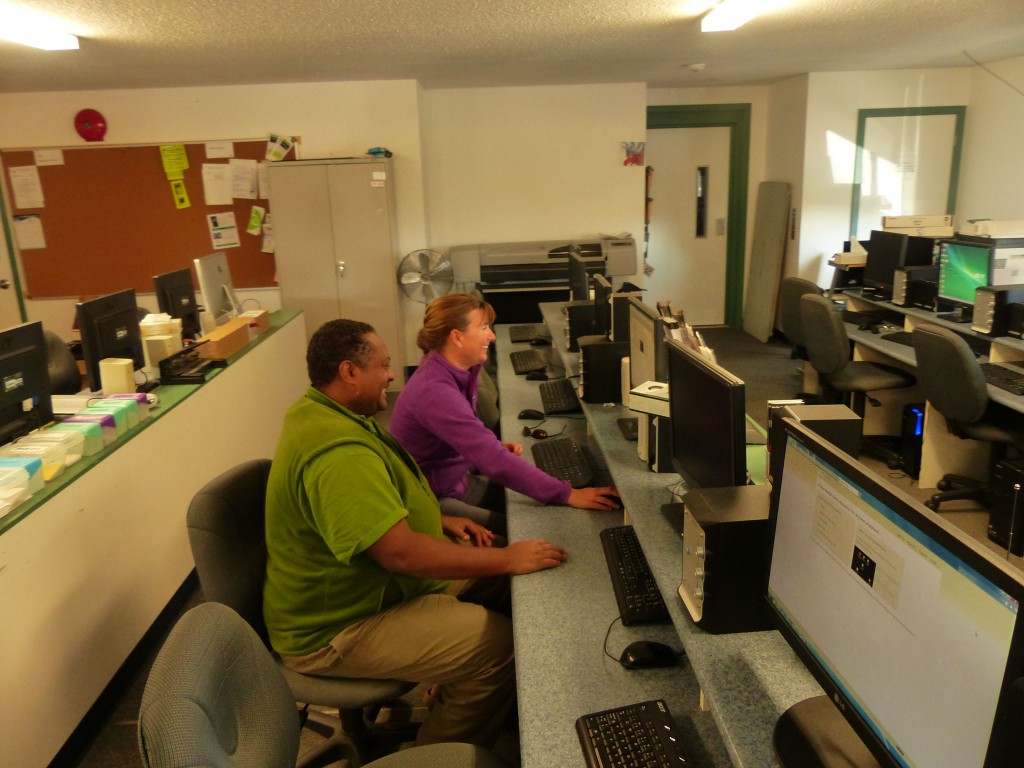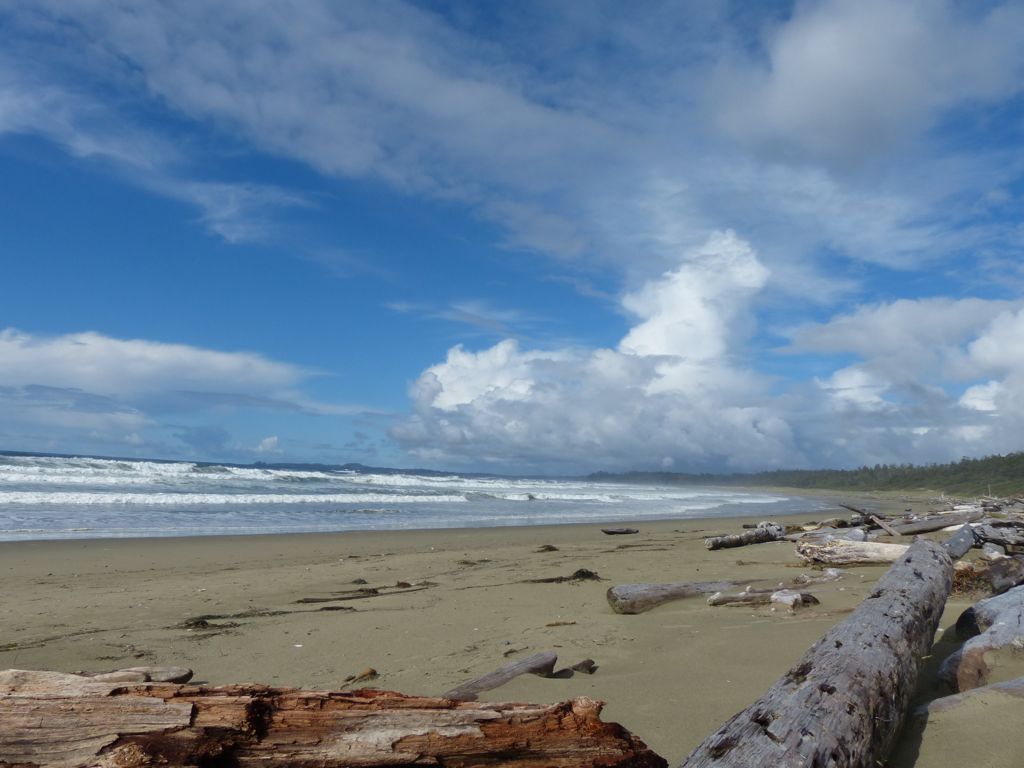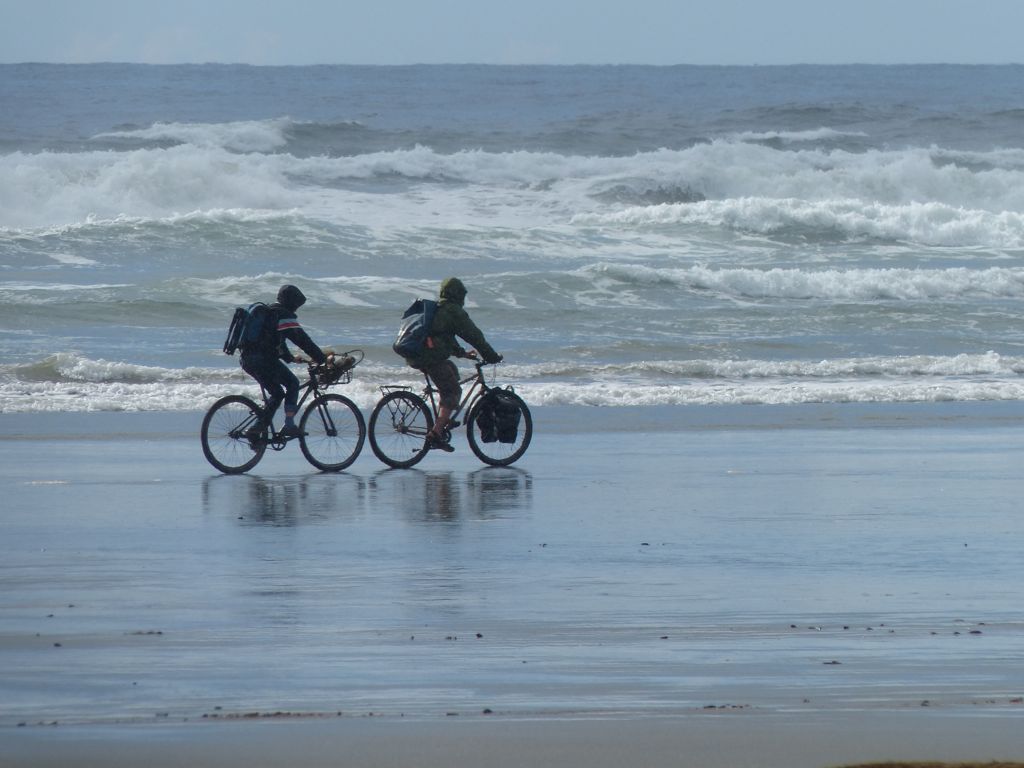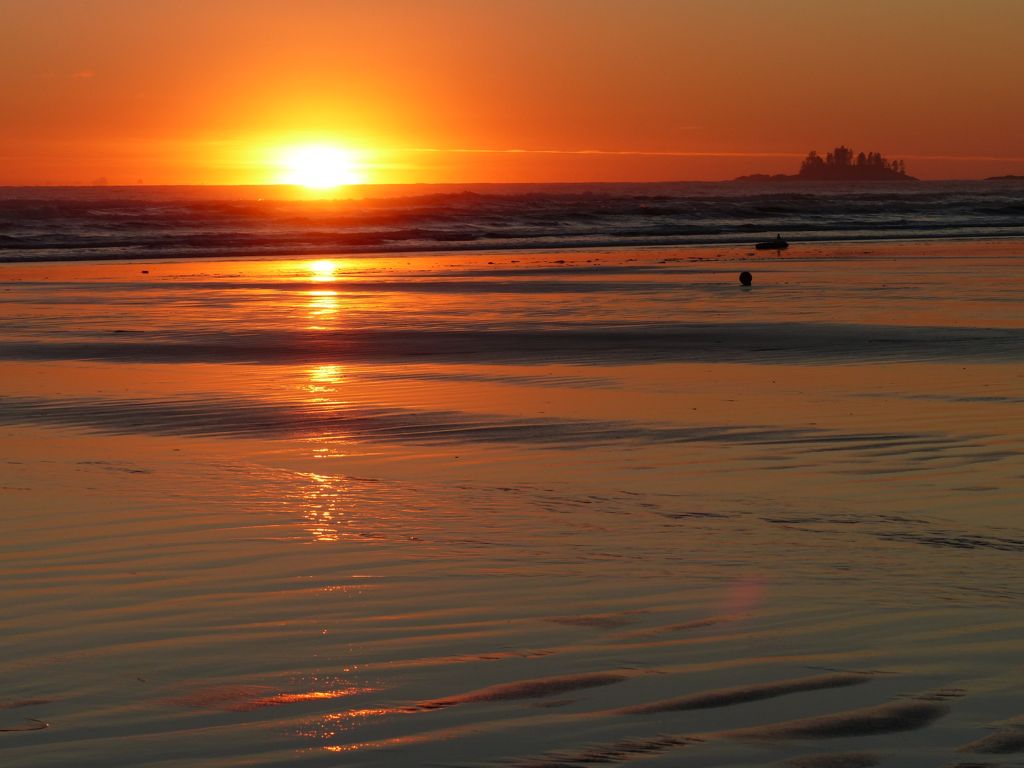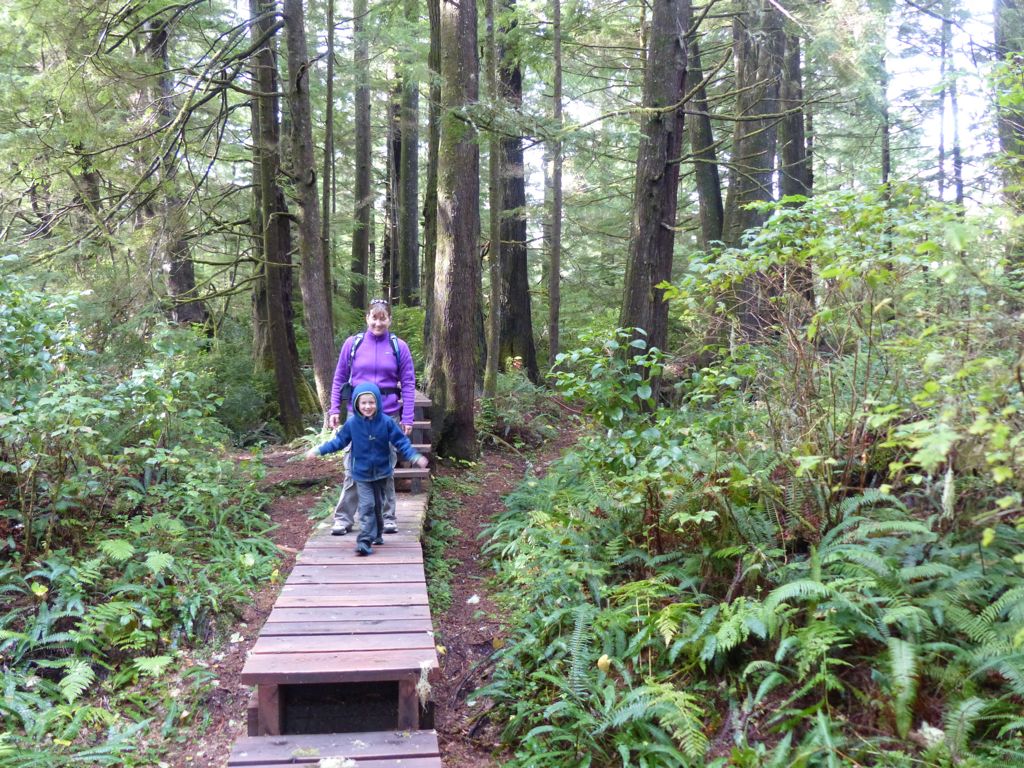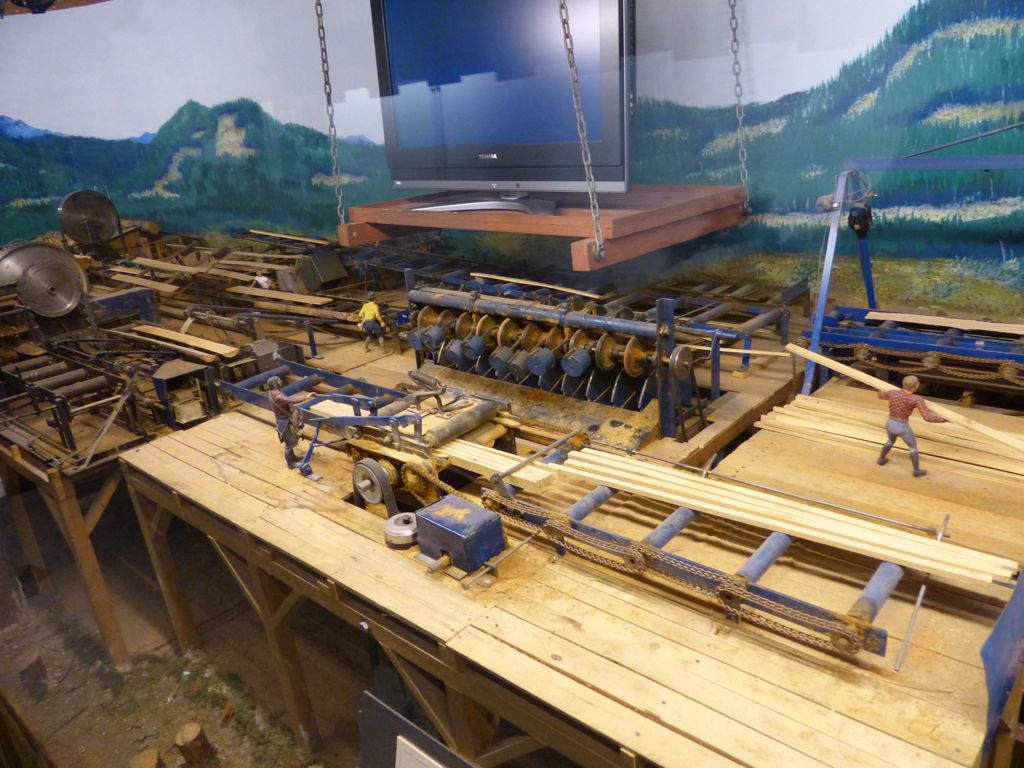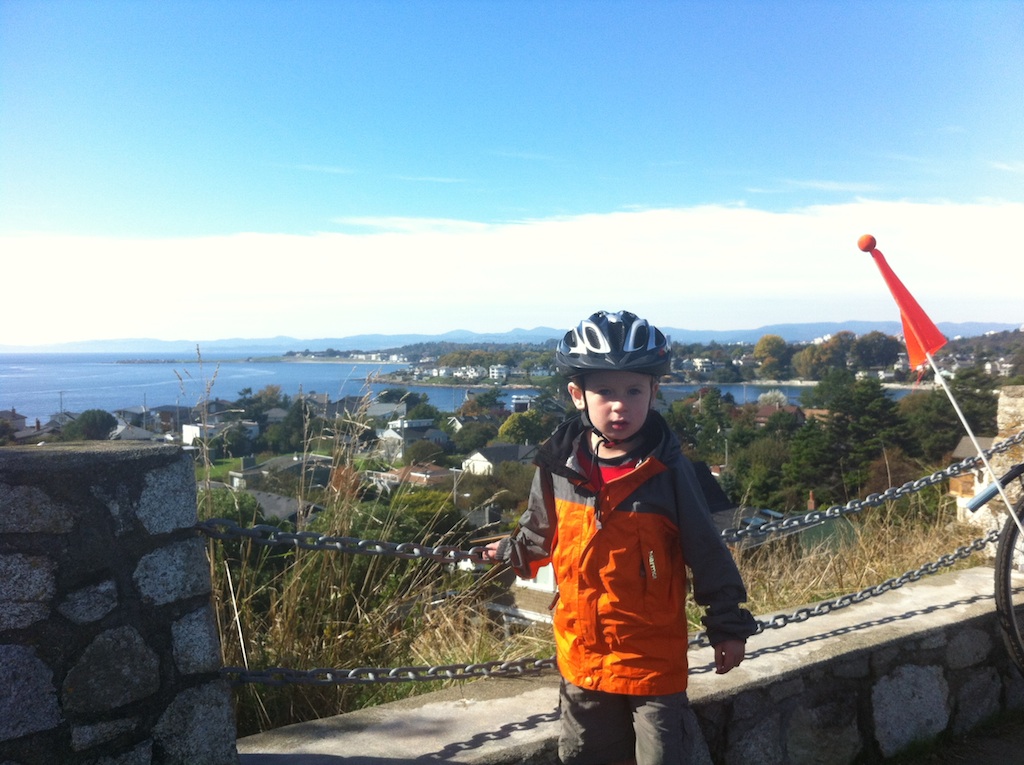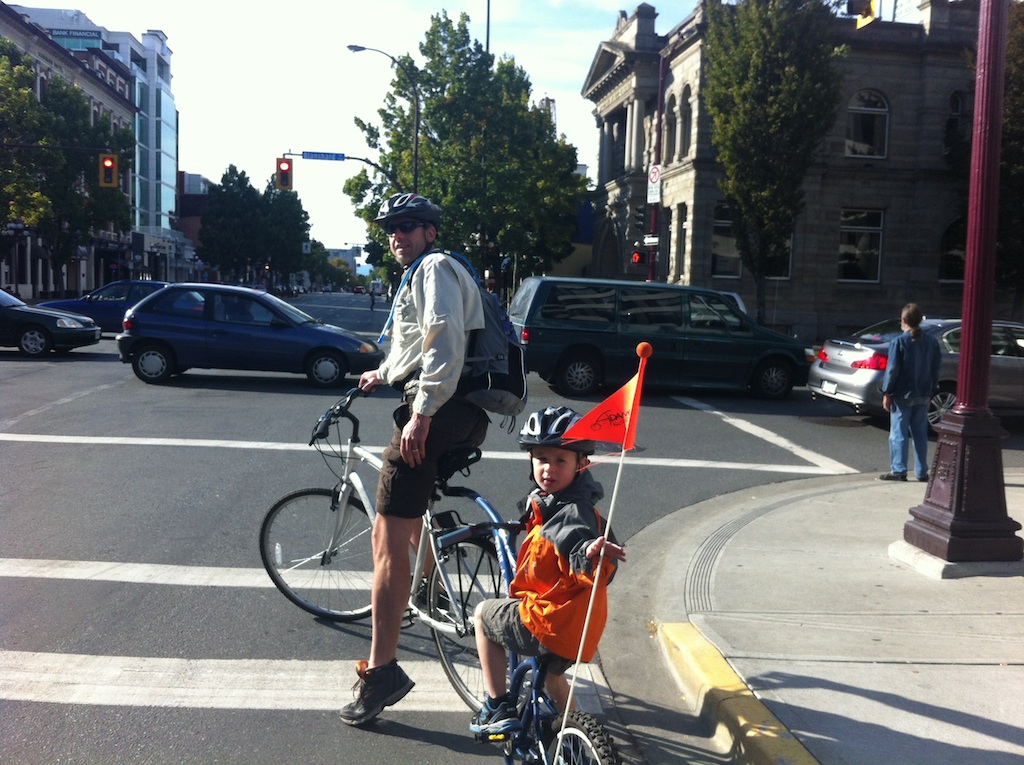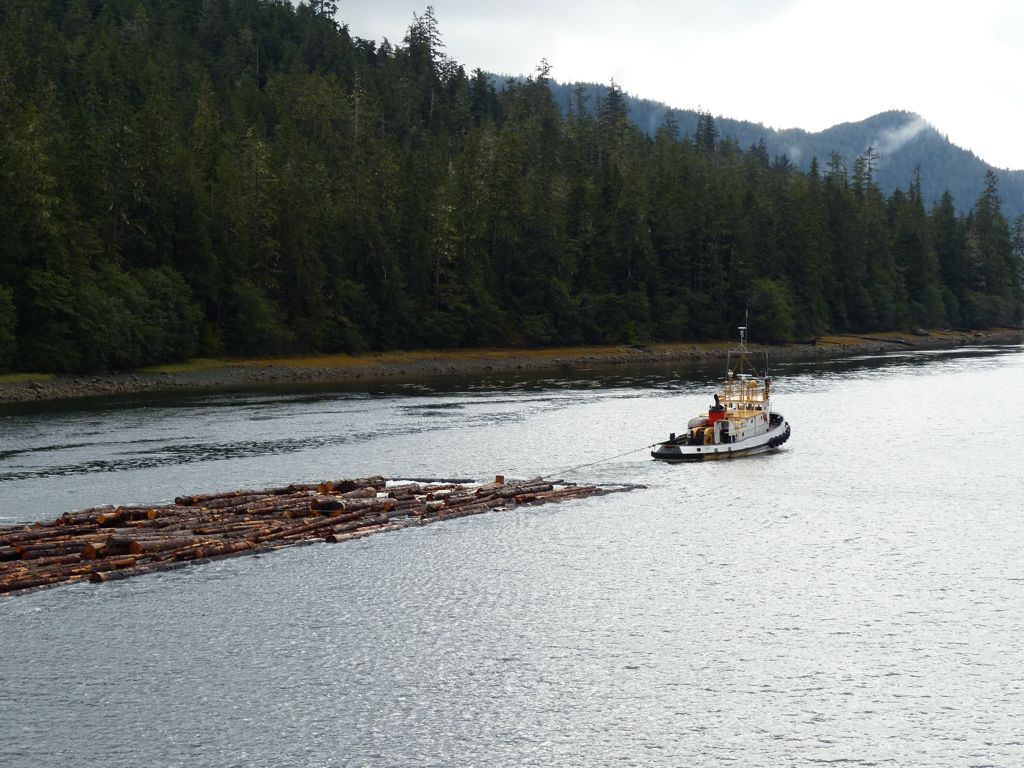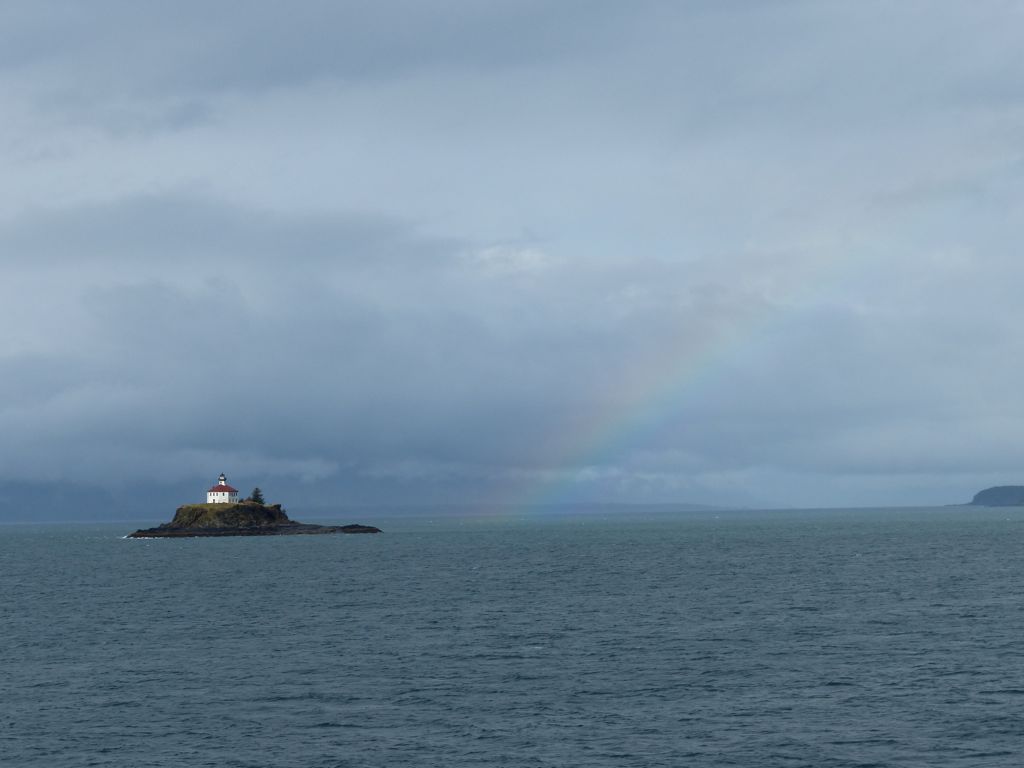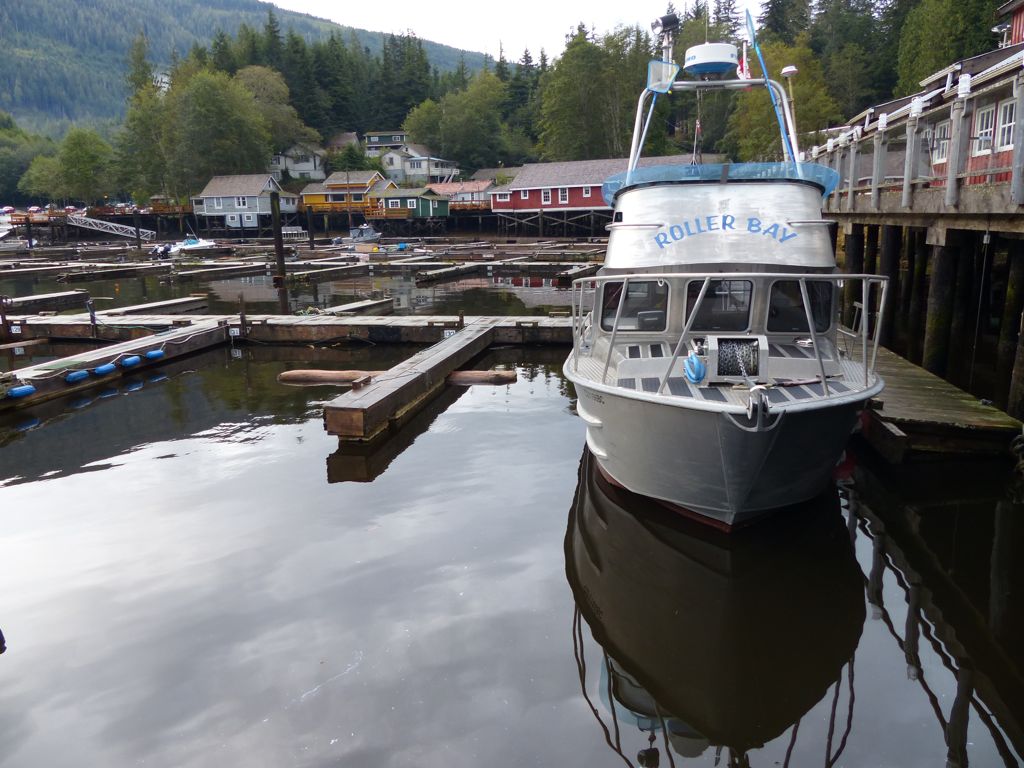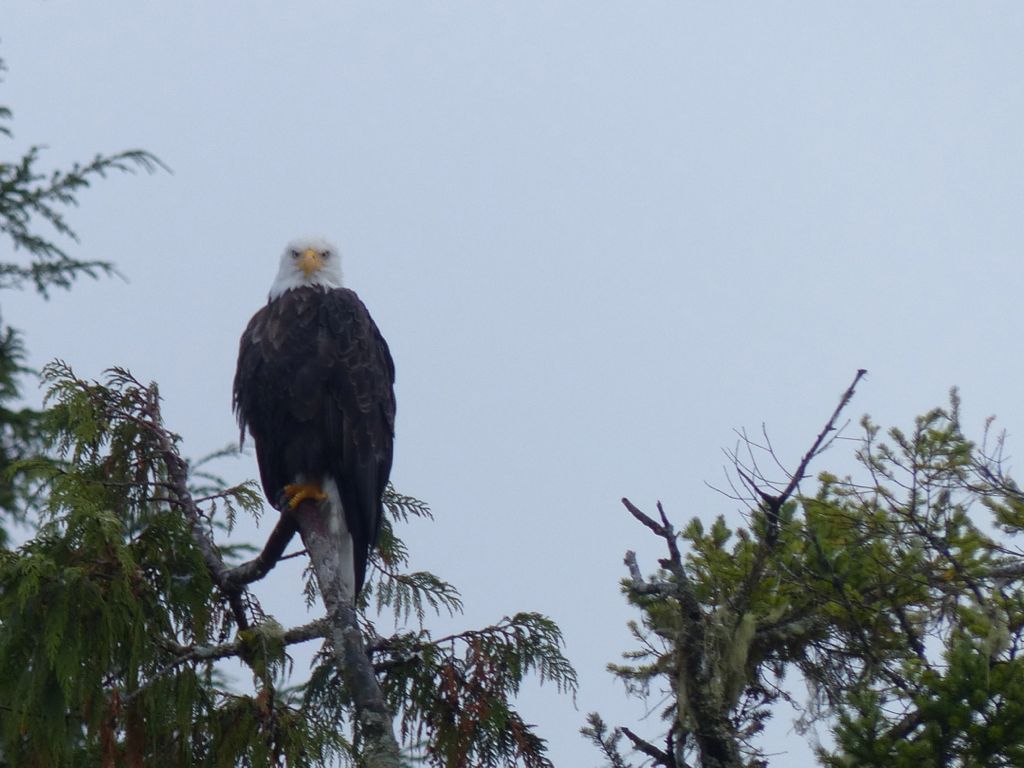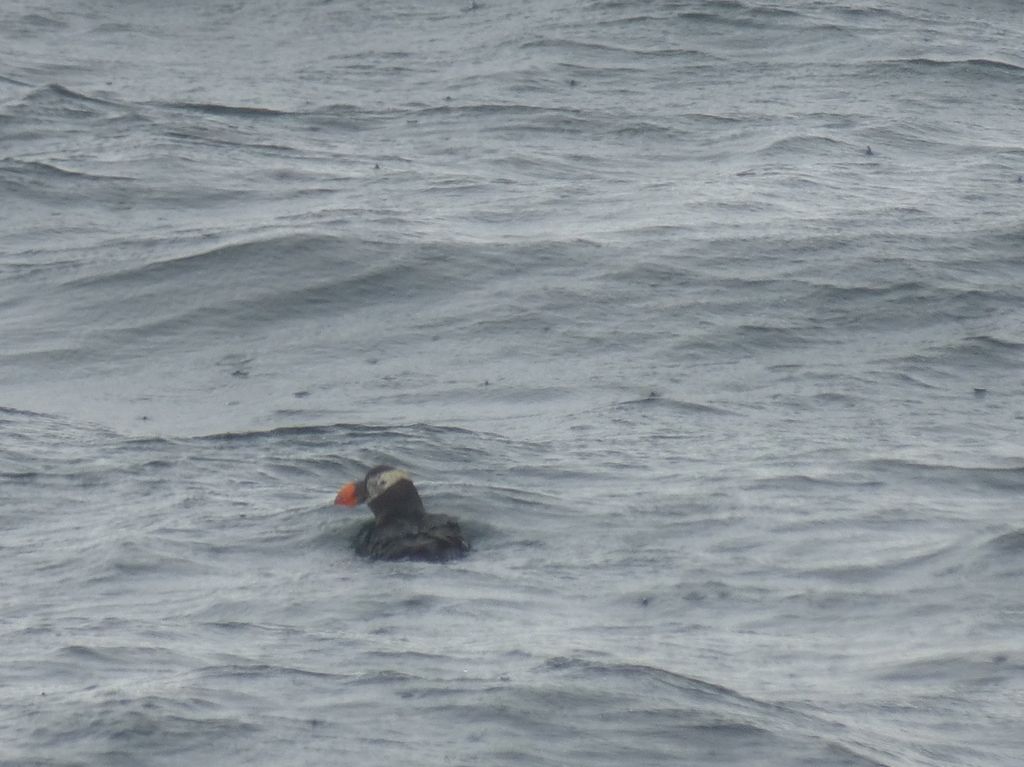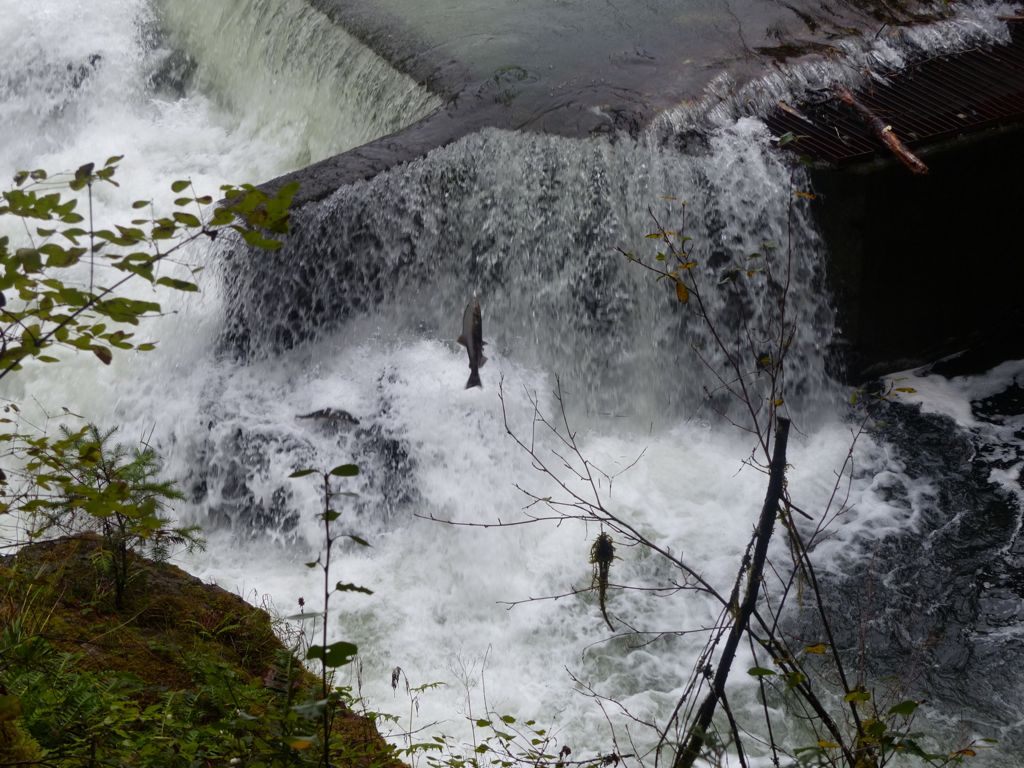I don’t do many gear reviews (actually this is my first), but I’ve been so happy with this camera that I thought I’d do a little write-up on it.
First a disclaimer: I’m not a professional photographer, and I haven’t used any of this camera’s competitors.
My criteria
I wanted a newer and more versatile camera before we left on our overland trip through the Americas. I’m not enough of a photography enthusiast to want to spend several thousand dollars on a digital SLR and a range of lenses, but I did want a camera that would allow me to capture high quality images for posting to our website and possibly enlarging for personal use. In addition, I wanted to be able to capture a variety of scenes (landscape, wildlife, portraits, etc) without having to carry around a selection of lenses and fumble with changing them out. I wanted all that, hopefully, for $1000 or less.
I was looking at the new(ish) category of mirrorless interchangeable lens cameras for a compromise between physical size, image quality, and functionality. These cameras seemed to fit the bill, as long as I was willing to invest in a couple of extra lenses. The total package would have probably cost around $1500.
The “Super-zoom” point and shoot cameras
My friend Brian Slobe, a professional photographer, suggested that I look into the so-called “super-zoom” point and shoot cameras, and I’m so glad I did. These cameras look similar to an SLR and are about the same size as an SLR with a basic 30-80mm zoom lens attached. They are typically the high end of a manufacturer’s range of point-and-shoot cameras, and the ones I compared early in 2013 cost around $600. For that you get all of the manual control you could want, plus a non-removable 26x zoom lens. That’s 600mm of zoom in the SLR world. You’d have to spend many thousands of dollars to get that sort of zoom in an SLR, plus you’d have to tote around a large bag to carry the lenses.
Of course you aren’t getting something for nothing here. The main drawback of these cameras is that they have the small sensor (the critical piece of electronics that the light falls on to capture an image) inherent in point and shoot cameras instead of the much larger sensor in an SLR. The larger sensor allows the camera to perform better in low light conditions and produces higher quality images for enlargements or publishing.
My impressions
I’ve shot over 2000 pictures with the Lumix over the course of the past three months. Mostly these pictures were landscapes, wildlife shots, or portraits (of the Sparks clan). I haven’t done much indoor photography with it.
Having instant access to a 24x (600mm) zoom is, in a word, liberating. It allows me to get close-up shots of my son when he doesn’t know I’m taking a picture of him. I can get those candid smiles and expressions while he’s playing instead of the cheesy grin he gives me when I get close to him and point the camera at his face. Being able to zoom out to a fairly wide angle 25mm without changing lenses makes capturing a variety of scenes much more convenient.
For shooting wildlife the camera was spectacular. Even at the maximum zoom level I got shots that were sharp and in-focus while hand-holding the camera. I’m sure that on close inspection an SLR with a telephoto lens would provide a better picture, but for my purposes the images have been outstanding. I only wish I had had a camera like this during our trip to Africa 10 years ago!
Most cameras these days will shoot HD videos, and although I didn’t think I’d use that, I was able to capture some pretty good video of our overflight of Denali.
The camera is fairly bulky, and so I still have my old Casio pocket sized camera that I can slip into my pocket while mountain biking or sea kayaking.
Comparing the super-zooms
Most (all?) of these cameras feature an electronic viewfinder in addition to the LCD screen. I use the viewfinder about 90% of the time, and it makes the battery last seemingly forever. I’ve only charged it 4-5 times during the past three months of heavy use. The high resolution of the viewfinder on the Lumix makes it a pleasure to use.
The main feature that made me pick the Lumix over its competitors is the fact that it can maintain an F2.8 aperture over its entire zoom range. Aperture is how wide the shutter can open, and influences how much light can reach the sensor. A smaller aperture number means a larger opening, and thus a faster shutter speed is available meaning that you can hand-hold the camera in lower light conditions.
Durability
I wanted the camera to always be easily accessible while driving, so I decided to forego a camera bag stuffed with accessories, since I didn’t have a good place to put it in our camper van. Instead I bought a leather form-fitting case for it and keep the camera on the floor of the van next to the driver’s seat most of the time. The case protects the camera from bumps and scratches, and it’s always right there when I need it. The camera still works perfectly and looks as good as the day I bought it.
I recently added a UV filter to the lens to protect the it from any accidental scratches, the theory being that I can unscrew and replace the $30 filter more easily than sending the camera to Panasonic to replace the built-in lens.
Even though it’s not a professional level camera, I’ve been very happy with the FZ200 – especially for the price.




